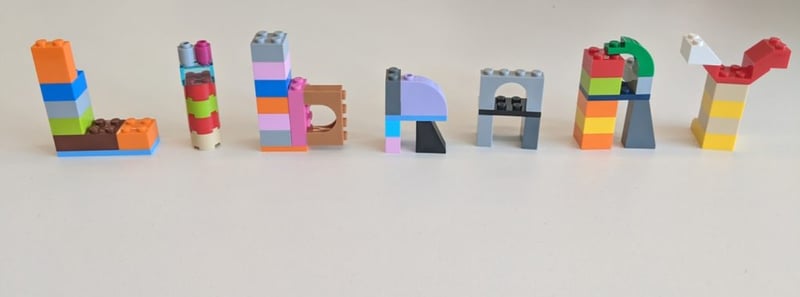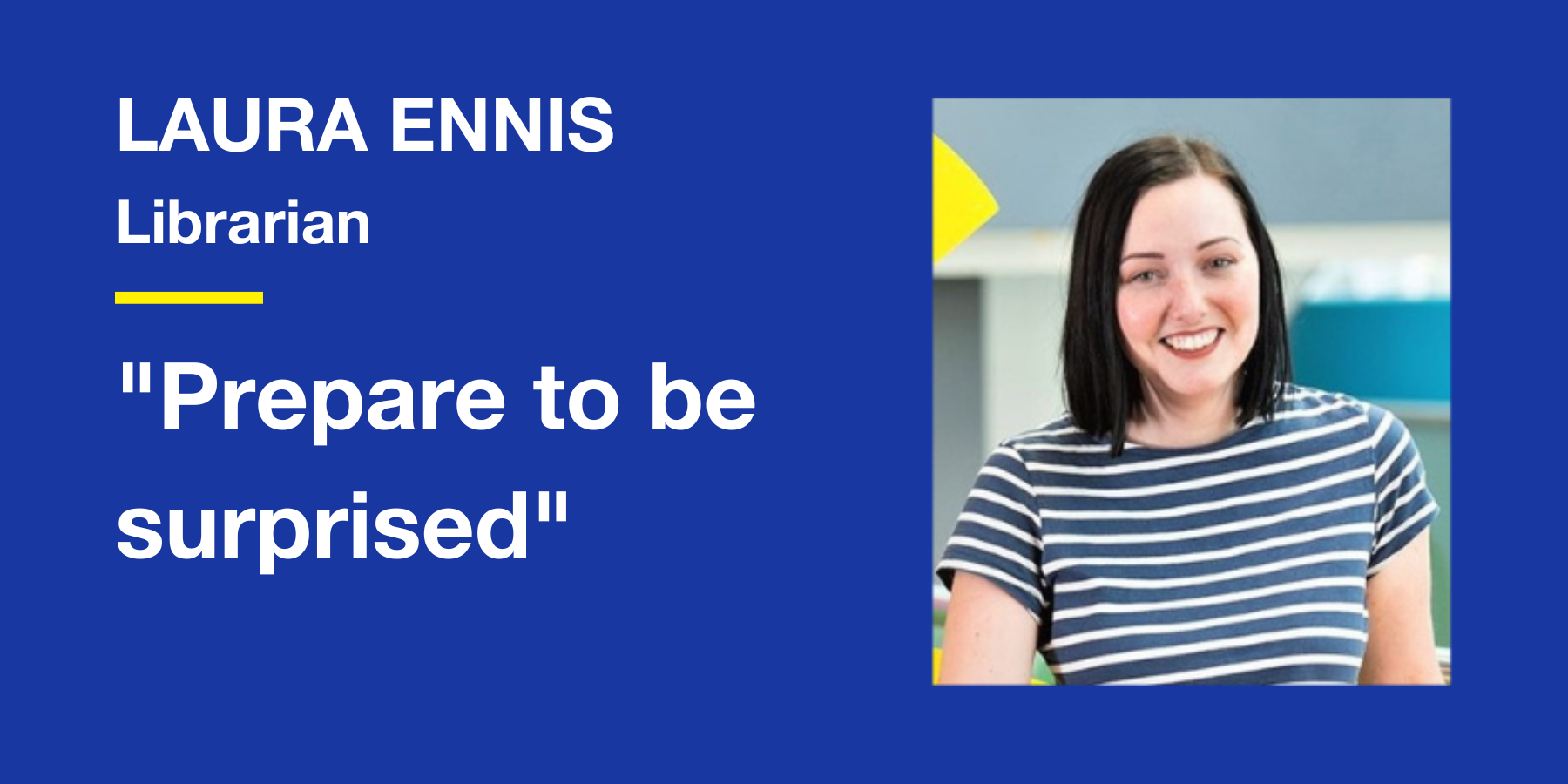Lego bricks are well suited for classroom use for a couple of reasons:
- They are almost universally recognisable
- And the bricks are clearly toys
I’ll develop these two points more. As for 1), it's because everyone knows what to expect when Lego play is introduced as an activity. Even if you’ve never encountered Lego before, because these building pieces are made for ages five and up, there’s a very low barrier to understanding what to do with them.
Besides being capable of invoking nostalgia, Lego bricks are clearly toys. They let participants know that it’s OK to be playful and creative. One of the characteristics of play is that it creates a safe space for participants to take risks, experiment with new ideas, make mistakes, and reflect on those experiences. This makes play an especially powerful active learning tool —compared to a process that involves an expert feeding learners information.
Play Puts Learners in the Process
Librarians have been using Lego and play for several years now. For example, Carina Buckley introduced the idea of using Lego as an active learning tool in the library classroom. Her intent was to help students understand the importance of attribution in academic writing. Her method is simple and very easy to replicate.
So, if you’re looking for a gentle introduction to using Lego in your teaching practice, I heartily recommend it. I’ve also used Lego to prompt postgraduate students to think about the ways in which information can be visualised in their publications. For example, I asked them
to use Lego bricks to create a visualisation of a simple dataset. The results enabled participants to explore the different ways in which data can be
represented.

Structured Fun with LEGO, for Free
Other methods for using Lego in the classroom are more structured and systematic, but no less fun. For example, Lego Serious Play (LSP) is a method that turns Lego into a tool for facilitation and innovation. While created for business improvement, at Edinburgh Napier, we have been experimenting with using LSP-like methods in the classroom.
This LSP facilitator training may cost thousands of pounds — but fortunately for us, the literature that instigated it is open source and available for free online. The takeaway here is that you don’t need lots of money or experience to learn how to use Lego creatively in classroom. All you need is a little patience and some bricks.
Top Tips for Using Lego
With that, I offer some Lego-specific teaching advice:
- Active learning is task-oriented, so design your lesson with the task clearly defined so your students know what is expected of them.
- Be careful of overuse: Lego in the classroom loses its magic if used too often.
- Have an extra Lego set available to loan out. This allows staff from other departments to learn from your example, without too much investment.
- Give everyone enough time. Participants not only need time to build their models, but also time afterward to talk and reflect on their learning.
- Prepare to be surprised. Playful learning stimulates creativity and generates positive but challenging results. Embrace the unexpected.

